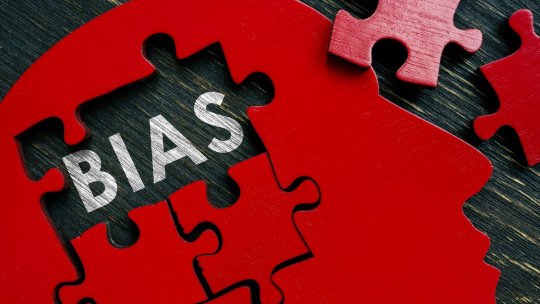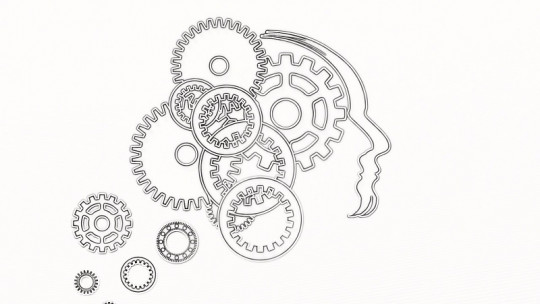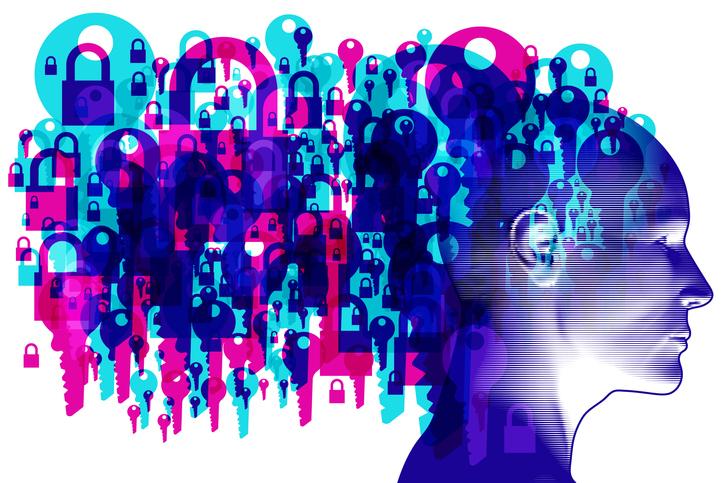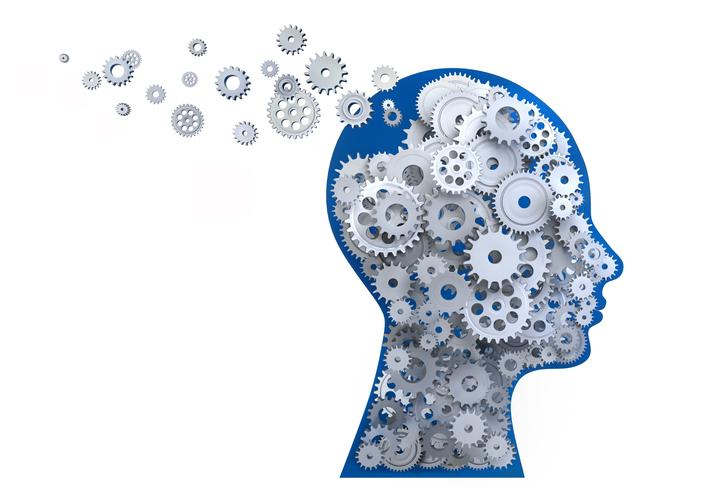
This article aims to unravel the intricate web of cognitive biases that profoundly influence human decision-making processes By examining the underlying mechanisms and exploring real-life examples, we shed light on the pervasive nature of these biases and their impact on various domains of decision-making.
Understanding the power of cognitive biases allows people to make more informed decisions, improves critical thinking skills, and enables the development of strategies to mitigate their detrimental effects. This article provides a comprehensive exploration of key cognitive biases, their implications, and practical techniques for effectively navigating their influence.
The intricate role of cognitive biases
The innate human inclination toward biases can help and hinder our decision-making processes. By emphasizing the relevance of cognitive biases in everyday life, it lays the foundation for a deeper exploration of their consequences and ways to avoid them.
1. Confirmation bias: filtered reality
This is one of the most prevalent cognitive biases. This is confirmation bias that shapes our perceptions, influencing information processing and reinforcing pre-existing beliefs. Real-life examples are provided to demonstrate the far-reaching impact of confirmation bias on decision making and the potential consequences of its uncontrolled influence. For example, a political activist who selectively consumes news and information that aligns with his or her political ideology and dismisses opposing viewpoints
2. Availability Heuristic: When Ease Shapes Perception
Availability heuristics play an important role in decision making and risk assessment. By relying on easily accessible information, people often make judgments based on limited data, leading to biased results. This can impact various areas, such as medical diagnoses, investment decisions, and personal relationships. For example, assuming that a destination is safe to travel to because recent news headlines only highlight positive experiences, without taking into account less publicized risks.
3. Anchoring Effect: The Power of Initial Impressions
This bias is based on the initial information being taken as an anchor for subsequent evaluations. The anchoring effect affects negotiations, pricing, and other scenarios where initial impressions greatly influence outcomes. For example, a real estate agent who offers a property at a price higher than its actual value which anchors potential buyers to a higher price range during negotiations.

Overcoming cognitive biases: strategies to improve decision making
To counteract the impact of cognitive biases, it is necessary to have practical strategies and techniques. Some of them are critical thinking, self-reflection, and the importance of seeking diverse perspectives as a means to mitigate biases. Additionally, mindfulness and cognitive reappraisal techniques are effective tools to improve decision making by reducing the influence of cognitive biases. Example: Actively seek diverse perspectives and consider opposing points of view before making a decision, challenging one’s own assumptions and beliefs.
Among the consequences that bias can generate is that it can affect career choices, financial decisions, relationships, and leadership roles By raising awareness of these implications, people can take proactive steps to minimize bias and improve their decision-making processes. For example, a hiring manager who relies heavily on first impressions and appearance during job interviews, which can lead to biased evaluations and overlook qualified candidates, can be aware of this bias and challenge it by seeking profiles opposite to those you usually look for.
Conclusions
The article concludes by emphasizing the pervasive power of cognitive biases in decision making and the importance of understanding their mechanisms. Encourages readers to adopt a mindset of self-awareness, critical thinking, and continuous learning to navigate the cognitive maze effectively By doing so, people can make more informed decisions, improve their decision-making skills, and navigate the complexities of cognitive biases in an ever-evolving world.








